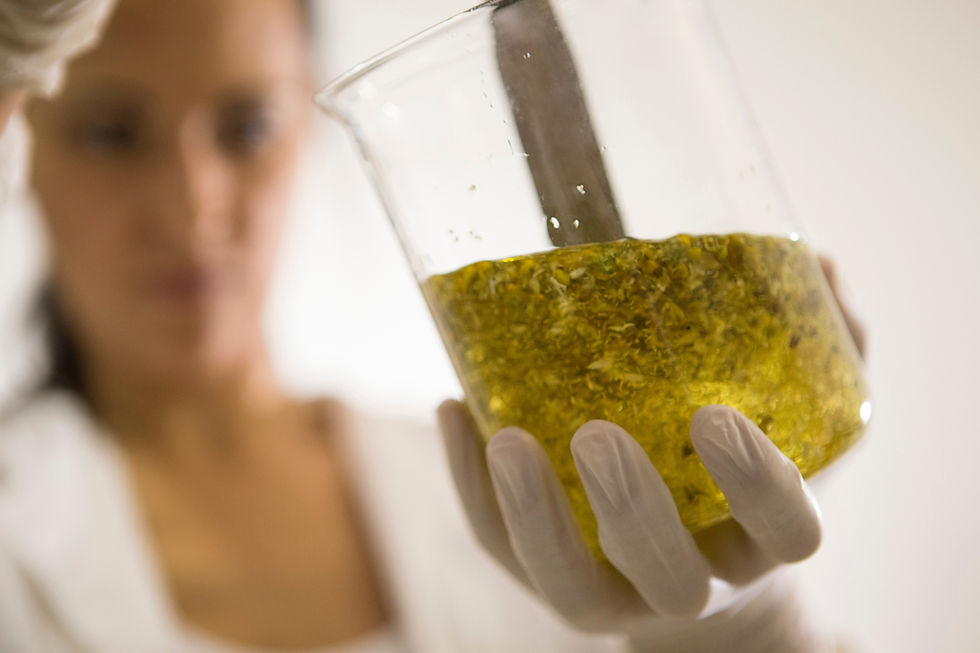
Most hand-crafted cosmetic manufacturing starts out with a set of stainless steel pots and natural raw materials. Small batches are relatively easy to produce in this way. But when you're keen to extend the reach and are considering alternative sales channels you find that the demands of bench top manufacturing become too laborious. When batch sizes are growing to over 10L it is worth investing in some larger equipment that enables you to increase the production volume easily.
Once the demand for the product exceeds these mid-size batch capabilities it's time to engage the services of a professional contract manufacturer. Which means going to an industrial production. At this point, the formulation and method of manufacture has to be reviewed and modified to suit larger-scale production, as a 200kg batch will behave very differently to the 1L or 10L . A cosmetic chemist or product developer is now needed to assist with this fine tuning.
What does this mean? Is then the final product non natural?

First thing to clarify is the term natural. Natural is anything which comes from Nature. But, what happens when something we've pick up from the garden suffers a chemical process to become a new material? In that point we need to have some knowledge.
I show here three examples of commonly found ingredients in natural-considered formulas. Cocamidopropyl betaine is an organic compound derived from coconut oil (natural) and dimethylaminopropylamine (syntetic) . Commonly found in natural soaps, hand soaps, shampoos and conditioners. It is used as a foam booster and an antistatic agent in hair conditioners. It's a medium strength surfactant which most often does not irritate skin or mucous membranes. However, some studies indicate it is an allergen. Cetearyl glucoside, formed by the condensation of cetearyl alcohol (fatty acid) with glucose. Can be naturally derived (from coconut/corn oil) or chemically synthesised. Caprylyl glycol is an alcohol derived from caprylic acid—a natural fatty acid found in the milk of some mammals, as well as palm and coconut oils or may be chemically synthesised. And the list is endless...
As stated above; there is a big difference between a micro batch (small batches) and a mass made one (industrial batches made on a lab min amount required is 500 units per batch) in terms of natural cosmetics production and what needs to be included in the formulations. Basically, bigger production requires more chemical ingredients - basically meaning the inclusion of synthetic ingredients in their formulas - even if they are sourced from natural ingredients.

Cosmetics made in small and micro batches - that are mindfully done and follows the good practices regulations - come in the purest form, are more sustainable for our planet and have a minor footprint. The new wave of makers who want to keep authentic and controlled manufacturing are the real hidden gems.
By all means. today's actual luxury is a good hand-crafted natural cosmetic .
Sonia x

